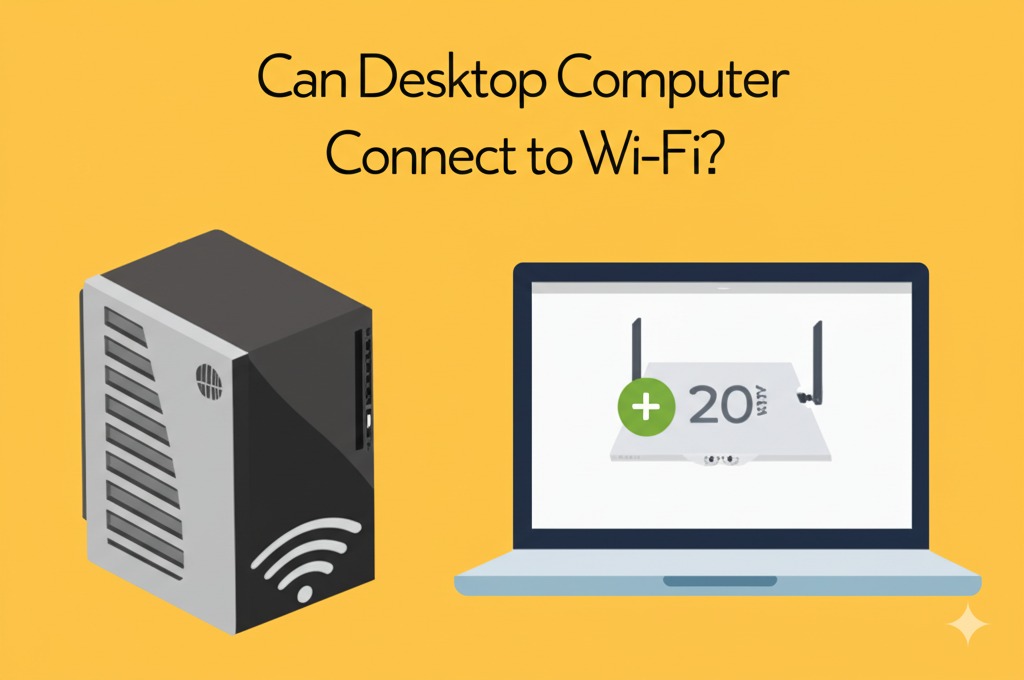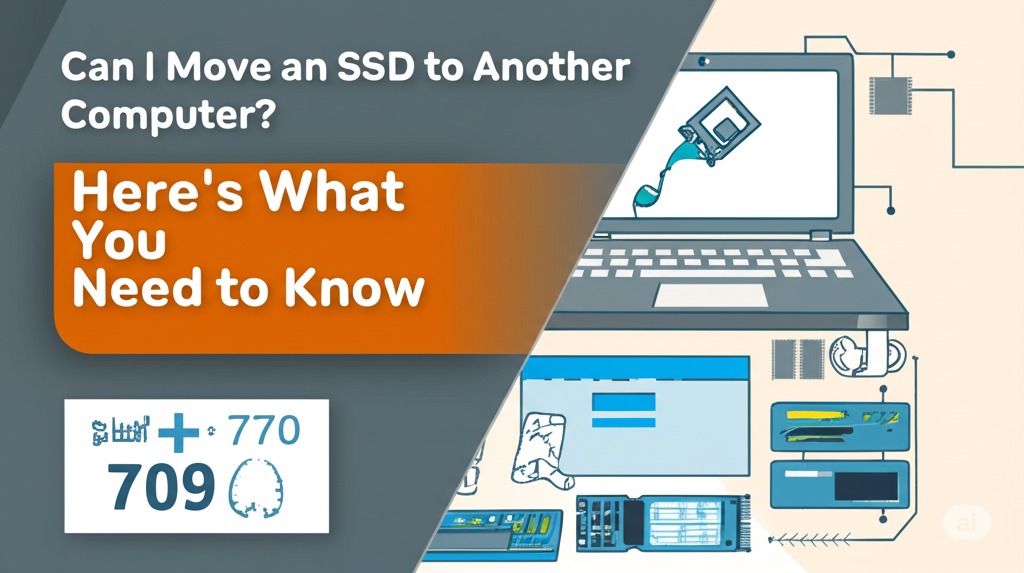In today’s world, wireless internet is a game-changer. Whether you’re streaming movies, working from home, or browsing social media, Wi-Fi offers the freedom to access the internet without being tied to cables. But what about desktop computers? Can a desktop computer connect to Wi-Fi, or are they restricted to using Ethernet cables? In this article, we will explore how desktops can connect to Wi-Fi, the methods involved, and the pros and cons of going wireless.
Can a Desktop Computer Connect to Wi-Fi?
The short answer is yes. A desktop computer can connect to Wi-Fi, just like any other device. However, unlike laptops, which are built with wireless capabilities in mind, desktop computers may require some additional hardware to establish a wireless connection. Let’s dive deeper into how desktops can connect to Wi-Fi and what you’ll need to get started.
How to Connect a Desktop Computer to Wi-Fi
1. Use a Wi-Fi Adapter
The most common method for connecting a desktop computer to Wi-Fi is by using a Wi-Fi USB adapter. These adapters plug into your computer’s USB port and act as a wireless receiver. Here’s how to use one:
- Choose a Wi-Fi Adapter: Look for an adapter that supports the latest Wi-Fi standards (e.g., Wi-Fi 5 or Wi-Fi 6) for faster speeds and better performance.
- Install Drivers: Once you’ve plugged the adapter into a USB port, install the necessary drivers (either from a CD or by downloading them from the manufacturer’s website).
- Connect to Wi-Fi: After the drivers are installed, your computer should recognize the adapter, and you can select your Wi-Fi network from the available list.
2. Add a Wi-Fi PCIe Card
For a more permanent solution, you can install a Wi-Fi PCIe card inside your desktop. This method is more complicated but offers better performance compared to USB adapters. Here’s how to do it:
- Turn Off the Computer: Before opening the case, ensure that the computer is powered down.
- Install the PCIe Card: Open the computer case and insert the Wi-Fi card into an available PCIe slot on the motherboard.
- Install Drivers: After inserting the card, install the appropriate drivers to enable your computer to detect the card and connect to Wi-Fi.
- Connect to Wi-Fi: Once the card is installed and the drivers are working, you can select your Wi-Fi network and connect.
3. Use an Ethernet to Wi-Fi Bridge
If your desktop computer is already connected to the internet via Ethernet and you don’t want to install new hardware, a Wi-Fi bridge might be a good option. A Wi-Fi bridge is a device that converts a wired connection into a wireless one. Here’s how it works:
- Set Up the Bridge: Connect the Ethernet cable from your desktop to the bridge.
- Connect the Bridge to Wi-Fi: Set the bridge to connect to your Wi-Fi network.
- Access the Internet: Your desktop will now access the internet through the Wi-Fi network, using the bridge as a middleman.
Advantages of Connecting Your Desktop to Wi-Fi
1. Greater Flexibility
Wireless internet allows for more flexibility in terms of where you place your desktop. Without the need for an Ethernet cable, you can move your computer to any room and still maintain a strong connection.
2. Eliminate Cable Clutter
If you’re tired of the mess of cables, switching to Wi-Fi can help eliminate the need for extra wires and connections. It makes your desk look tidier and reduces the number of cables you have to manage.
3. Easy Setup
With Wi-Fi adapters and PCIe cards readily available, setting up a wireless connection for a desktop computer is easier than ever. You don’t have to worry about installing complicated hardware or running long cables across the room.
Disadvantages of Connecting Your Desktop to Wi-Fi
1. Potential for Slower Speeds
While Wi-Fi is convenient, it can sometimes offer slower speeds compared to a direct Ethernet connection. If your Wi-Fi signal is weak or if you’re in an area with a lot of interference, you might experience slower internet speeds.
2. Reliability Issues
Wi-Fi connections can be less reliable than wired ones. Wireless signals can drop, especially in areas with lots of walls or electronic interference. A wired connection, on the other hand, offers a stable, uninterrupted experience.
3. Security Risks
Although modern Wi-Fi networks have strong encryption, they are still more vulnerable to attacks than wired connections. It’s important to secure your Wi-Fi with strong passwords and encryption settings.
Choosing the Best Wi-Fi Option for Your Desktop
If you’re deciding between a Wi-Fi USB adapter, a PCIe card, or a Wi-Fi bridge, there are a few things to consider:
- For High-Speed Needs: If you need the fastest and most reliable Wi-Fi, go for a PCIe card. It typically offers better range and performance compared to USB adapters.
- For Convenience: If you need a quick, plug-and-play solution, a Wi-Fi USB adapter is the easiest option.
- For Existing Ethernet Setup: A Wi-Fi bridge is a great way to turn a wired connection into a wireless one without installing additional hardware.
Conclusion
Yes, your desktop computer can connect to Wi-Fi, but it might require additional equipment like a Wi-Fi adapter or PCIe card. By upgrading your desktop to wireless internet, you gain flexibility and eliminate the mess of cables. However, keep in mind the potential downsides, such as slower speeds or reliability issues. If you prioritize high-speed internet, consider using a wired connection, but for casual browsing and less demanding tasks, Wi-Fi is a great option.

Caleb Carlson is a contributing writer at Computer Site Engineering, specializing in computer technology, software trends, and hardware innovations. His articles simplify complex tech topics, making them accessible to readers of all levels.





